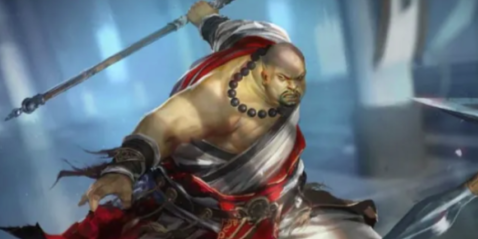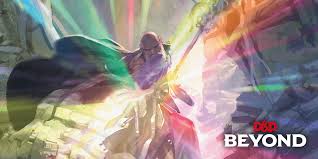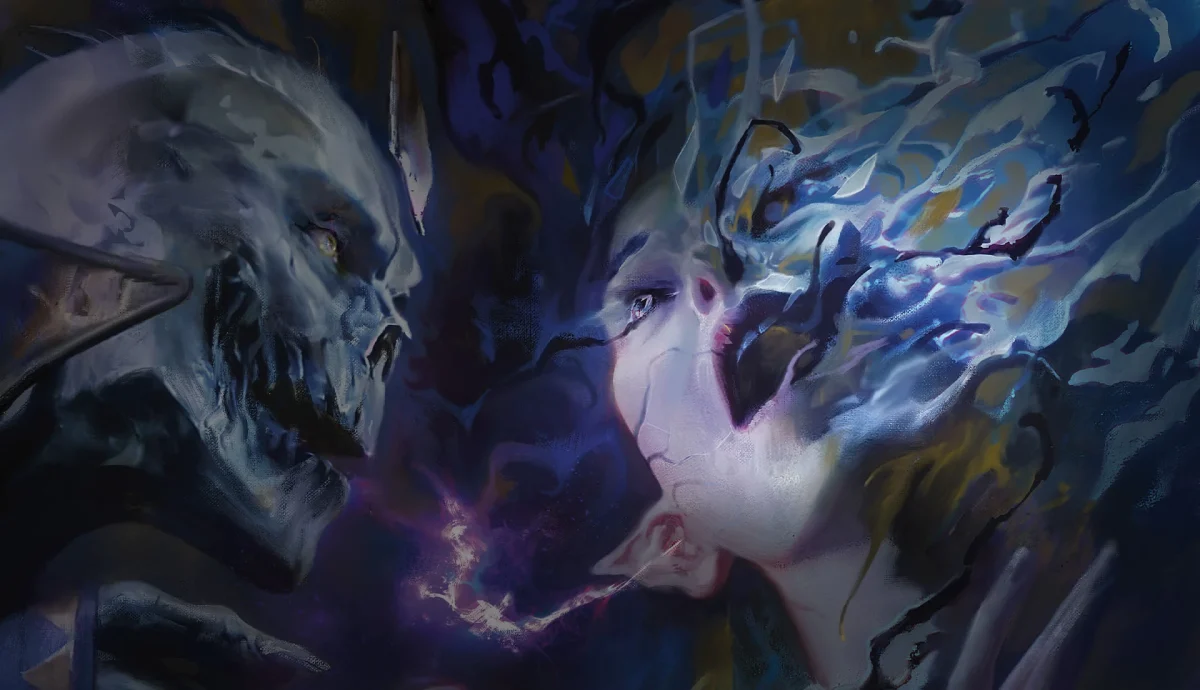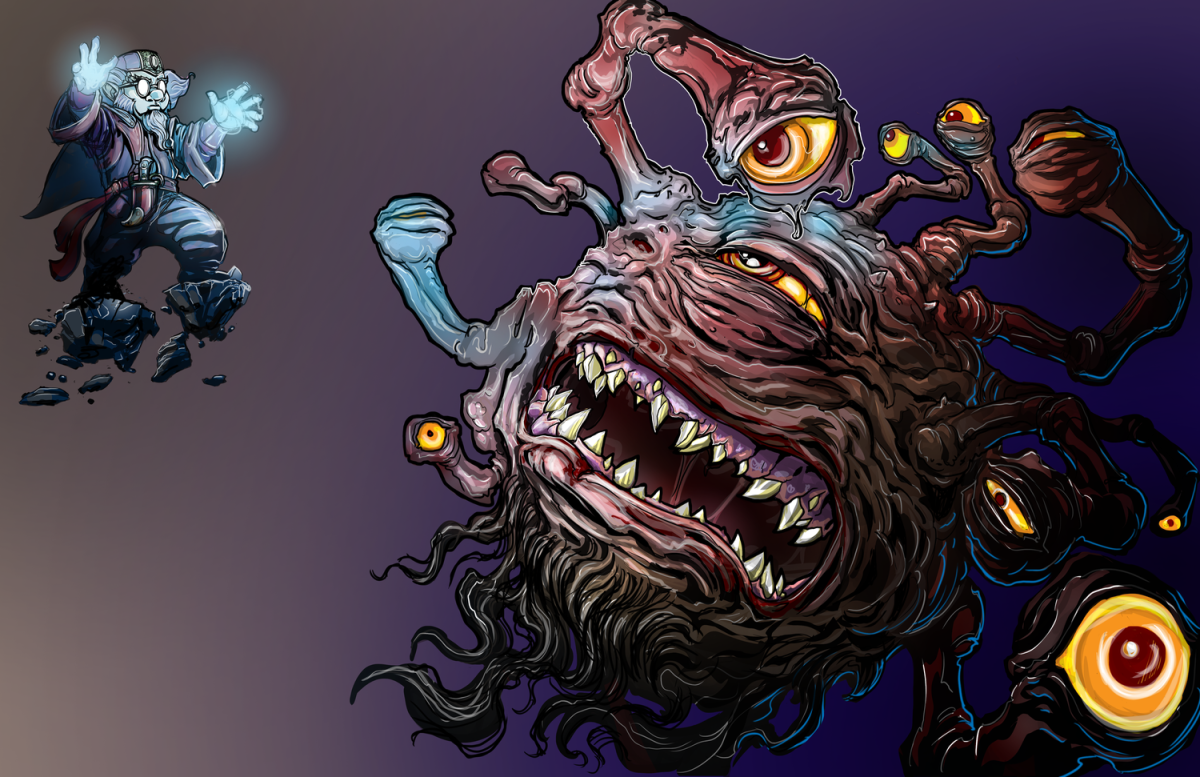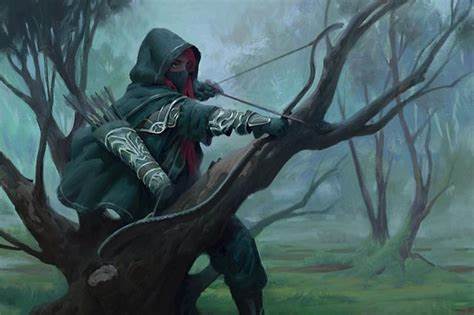The Monk is one of the most unique and dynamic classes in Dungeons & Dragons 5th Edition (D&D 5E). Known for their unarmed combat skills, agility, and mystical powers, Monks bring an exciting mix of martial arts and supernatural abilities to the game. For players who enjoy high mobility, close-combat prowess, and a spiritual edge, the Monk is a rewarding choice.
This guide will walk you through creating and playing a Monk character, helping you maximize their potential and make the most of this versatile class.
What is a Monk in D&D 5E?
Monks are masters of martial arts and spiritual discipline, drawing upon an inner energy called Ki to perform incredible feats. Unlike heavily armored fighters, Monks rely on their agility, speed, and wisdom to avoid damage and control the battlefield. They are versatile in both offense and defense, capable of stunning foes, evading attacks, and delivering a flurry of punches and kicks in close quarters.
The Monk class in D&D 5E is inspired by a blend of Eastern martial arts and mysticism, and it suits players who want a character that feels fast, fluid, and agile.
Step-by-Step Guide to Creating a Monk
1. Choose Your Monk Subclass
Monks select a Monastic Tradition at 3rd level, which determines their combat style and special abilities. Here are the main options:
- Way of the Open Hand: This is the classic unarmed Monk, focusing on martial arts techniques to knock down, push, or disarm foes. Open Hand Monks are excellent at control and crowd management.
- Way of Shadow: A stealth-focused Monk who specializes in sneaky, ninja-style techniques. Shadow Monks use their Ki to teleport, become invisible in shadows, and cast illusion spells, making them ideal for stealth and reconnaissance.
- Way of the Four Elements: These Monks channel elemental power, allowing them to manipulate fire, water, air, and earth. This subclass has a unique flavor but requires more careful management of Ki points, as elemental abilities are costly.
- Way of the Drunken Master (Xanathar’s Guide to Everything): Inspired by martial artists who mimic a drunken fighting style, Drunken Masters excel at unpredictable, evasive moves and have enhanced mobility and crowd control.
- Way of the Kensei (Xanathar’s Guide to Everything): Kensei Monks combine weapon mastery with unarmed combat, making them versatile in using a variety of weapons. Kensei Monks are ideal for players who want a Monk with a more weapon-focused combat style.
- Way of the Long Death (Sword Coast Adventurer’s Guide): These Monks gain abilities based on the power of death and fear, making them incredibly tough to kill and capable of intimidating foes. They’re a great choice for players who want a Monk with a dark, resilient edge.
- Way of Mercy (Tasha’s Cauldron of Everything): Monks of Mercy are healers and harmers alike, able to channel Ki to heal allies or deal necrotic damage. This subclass gives Monks more options to assist their party, with an emphasis on balance.
Your choice of Monastic Tradition will shape your role in the party and the type of character you play. Think about how you envision your Monk—stealthy, elemental, defensive, or healer—and choose accordingly.
2. Choose Your Race
Monks benefit from races that boost Dexterity and Wisdom. Dexterity powers their attacks, defense, and speed, while Wisdom improves their armor class and many of their special abilities. Good racial options include:
- Wood Elf: Bonuses to Dexterity and Wisdom make them an ideal choice, and their movement speed aligns well with the Monk’s agility.
- Human (Variant): With a +1 to two abilities of your choice and a free feat, Variant Humans are flexible and allow you to customize your Monk’s stats and features.
- Halfling (Lightfoot): With a Dexterity bonus, the Lucky trait, and the ability to hide behind allies, Lightfoot Halflings make nimble and resourceful Monks.
- Aarakocra: With a +2 Dexterity bonus and the ability to fly, Aarakocra Monks have unmatched mobility, which can be advantageous in both combat and exploration.
Other races that enhance Dexterity or Wisdom, such as Kenku, Tabaxi, or Tritons, also work well for Monks, adding interesting flavor and abilities to your character.
3. Ability Scores and Skills
Your main abilities as a Monk are Dexterity and Wisdom. Dexterity increases your attack rolls, damage, and AC (Armor Class), while Wisdom further boosts your AC and powers class abilities like your Stunning Strike. Constitution is also important for keeping your Monk durable in combat.
A typical Monk ability score priority might look like this:
- Dexterity: For attacks, AC, and initiative.
- Wisdom: For AC and Ki-based abilities.
- Constitution: For increased HP and durability.
- Strength: This is optional unless you’re focusing on athletics or grappling.
- Intelligence and Charisma: These are generally low priorities for Monks.
For skills, Monks benefit from:
- Acrobatics: Helps with maneuvers that require balance and agility, useful for climbing or avoiding grapples.
- Stealth: Essential for Way of Shadow Monks and useful for all Monks who want to avoid detection.
- Perception: Enhances your awareness of surroundings, making you less likely to be surprised.
4. Key Class Features
Monks have several unique class features that make them powerful and versatile:
- Unarmored Defense: Your AC is calculated as 10 + Dexterity modifier + Wisdom modifier when you’re not wearing armor. This rewards you for focusing on Dexterity and Wisdom and allows for higher-than-average AC even without heavy armor.
- Martial Arts: Monks use Dexterity instead of Strength for unarmed strikes and can make extra unarmed attacks as a bonus action. This feature lets Monks deal respectable damage in close combat.
- Ki: Your Ki is a pool of energy points that you can use to perform special abilities, like Flurry of Blows (extra attacks), Patient Defense (dodge as a bonus action), and Step of the Wind (double your movement or disengage as a bonus action). Managing Ki points is essential for maximizing your effectiveness in combat.
- Unarmored Movement: Monks gain a speed boost at 2nd level and every few levels after. This makes them highly mobile and able to navigate the battlefield with ease.
- Deflect Missiles: Allows you to reduce the damage from ranged attacks, and potentially catch and throw projectiles back, giving Monks a unique form of defense against archers and ranged spellcasters.
At higher levels, Monks gain powerful features like Stunning Strike (which can prevent enemies from taking actions) and Timeless Body (resistance to aging and immunity to disease).
5. Choosing Feats
Feats can add depth to your Monk’s abilities. Consider these options:
- Mobile: Increases your speed and allows you to avoid opportunity attacks from creatures you attack, which synergizes well with the Monk’s mobility.
- Alert: Gives a bonus to initiative, helping you act early in combat, and makes you immune to surprise.
- Lucky: Offers rerolls on attacks, saving throws, or ability checks, adding extra versatility and resilience.
Playing Your Monk: Role-Playing and Combat
1. Role-Playing Your Monk
Monks often have backgrounds that reflect discipline, balance, or a search for meaning. Think about your Monk’s relationship to their Ki and their Monastic Tradition:
- Why did they start training as a Monk? Are they seeking inner peace, power, or a connection with the world around them?
- What motivates them? Some Monks see their skills as a means to protect others, while others may view combat as a path to personal enlightenment.
Whether a disciplined guardian, a wandering seeker, or a fierce warrior, your Monk’s philosophy will shape their personality and interactions with others.
2. Combat Strategy
Monks shine in combat thanks to their speed, versatility, and control abilities. Here’s how to approach combat:
- Use Stunning Strike: Once you reach 5th level, Stunning Strike becomes one of your best tools for controlling dangerous enemies. By spending 1 Ki point, you can force an opponent to make a Constitution saving throw or be stunned until the end of your next turn. Use this on key targets to disrupt the enemy’s plans.
- Stay Mobile: The Monk’s mobility is a huge advantage. Use Step of the Wind to disengage when needed, allowing you to reposition on the battlefield without taking opportunity attacks.
- Manage Your Ki: Since Ki points recharge after a short rest, don’t be afraid to use them. Balance using Flurry of Blows for extra attacks, Patient Defense for dodging, and Step of the Wind to control the battlefield.
- Deflect Missiles: Against archers or spellcasters using ranged attacks, Deflect Missiles can help reduce damage and even turn an enemy’s projectile back against them. It’s a unique feature that gives Monks defensive options in long-range combat.
3. Out of Combat Abilities
Monks have many non-combat uses for their abilities. High Dexterity and Wisdom make them excellent scouts, while their Ki-powered Step of the Wind can help in exploring challenging terrain. Stealthy Monks, especially those following the Way of Shadow, can be invaluable for reconnaissance.
Conclusion
The Monk is a versatile and rewarding class that combines martial arts prowess with supernatural abilities. With high mobility, powerful control features, and unique defensive tools, Monks bring a dynamic and engaging playstyle to D&D 5E. Whether you want to play a disciplined warrior, a shadowy ninja, or a mystical healer, Monks offer countless ways to customize and bring your character to life.

